Known as “The Land of Fire & Ice”, Iceland is a veritable playground for geology enthusiasts. One area in particular truly puts the “fire” in the nickname: the Westman Islands (Vestmannaeyjar).
Located about 10 km (6 mi) off Iceland’s south coast, this small, volcanic archipelago makes for a wonderful, off-the-beaten-path day tour from Reykjavík or detour from road trips along Route 1, a.k.a. the Ring Road.
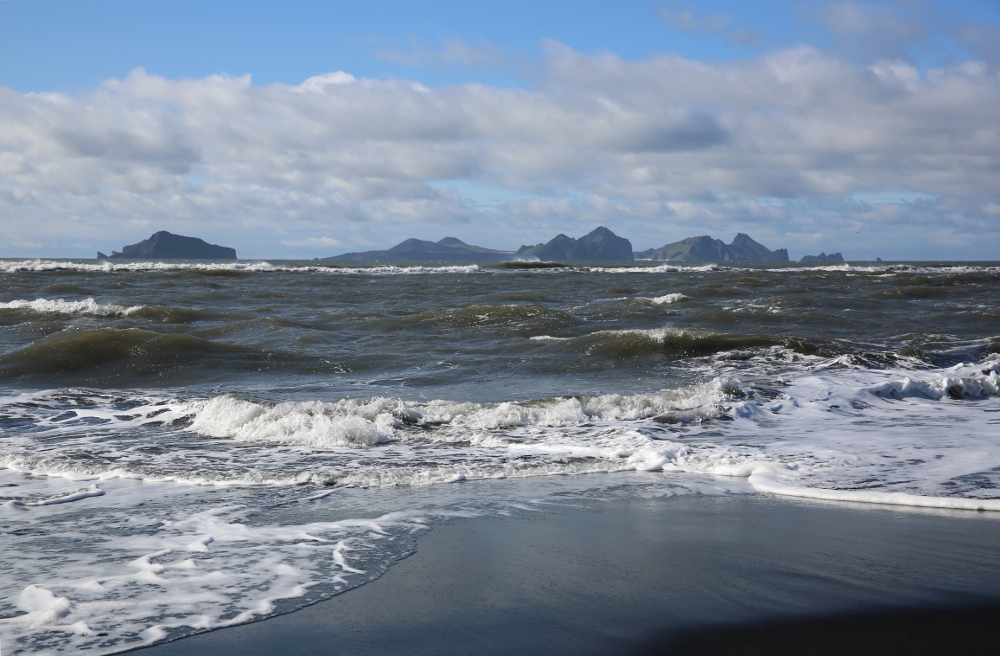
Pompeii of the North
All of the archipelago’s 15 islands have evolved from underwater eruptions, and Heimaey (“Home Island”), the only inhabited island, is famous as the site of one of Iceland's biggest natural disasters in recent history.
In the wee hours of January 23rd, 1973, the roughly 5,000 residents were awakened by police sirens and alerted to evacuate due to a sudden fissure eruption on the outskirts of town. All but 200 rescue workers fled to the mainland, many via fishing boats, while the fate of their community remained uncertain. Ash from the eruption continued to fall for 5 months, and in the end about 400 buildings – a third of the town at that time – were buried under thick lava.
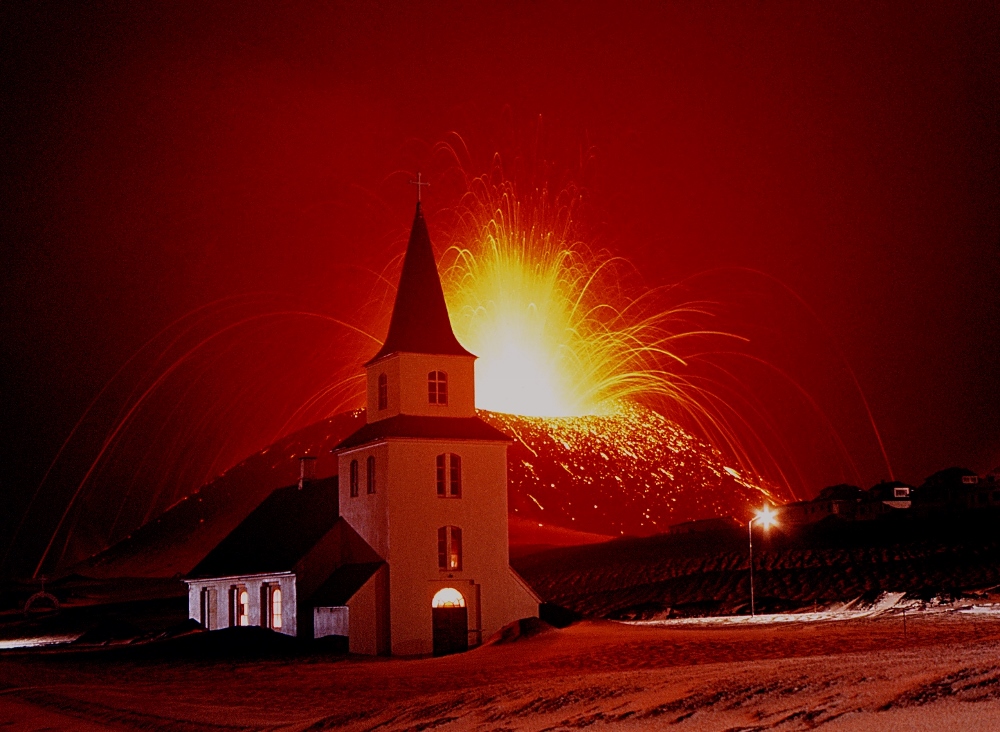
Miraculously there were no fatalities, although a large number of townsfolk never returned. Some of the buried homes have since been partially uncovered and preserved as part of a project by the Eldheimar Volcano Museum in Heimaey. María Erlendsdóttir, one of Nordic Visitor’s Icelandic staff members, highly recommends visiting this museum to learn more about this incredible event and its aftermath:
It’s an amazing place to experience the great 1973 eruption on the Westman Islands, and the multi-media interactive displays are great for people of all ages and nationalities. It gives you a great feeling not only of the eruption but how it affected the local inhabitants’ way of life.
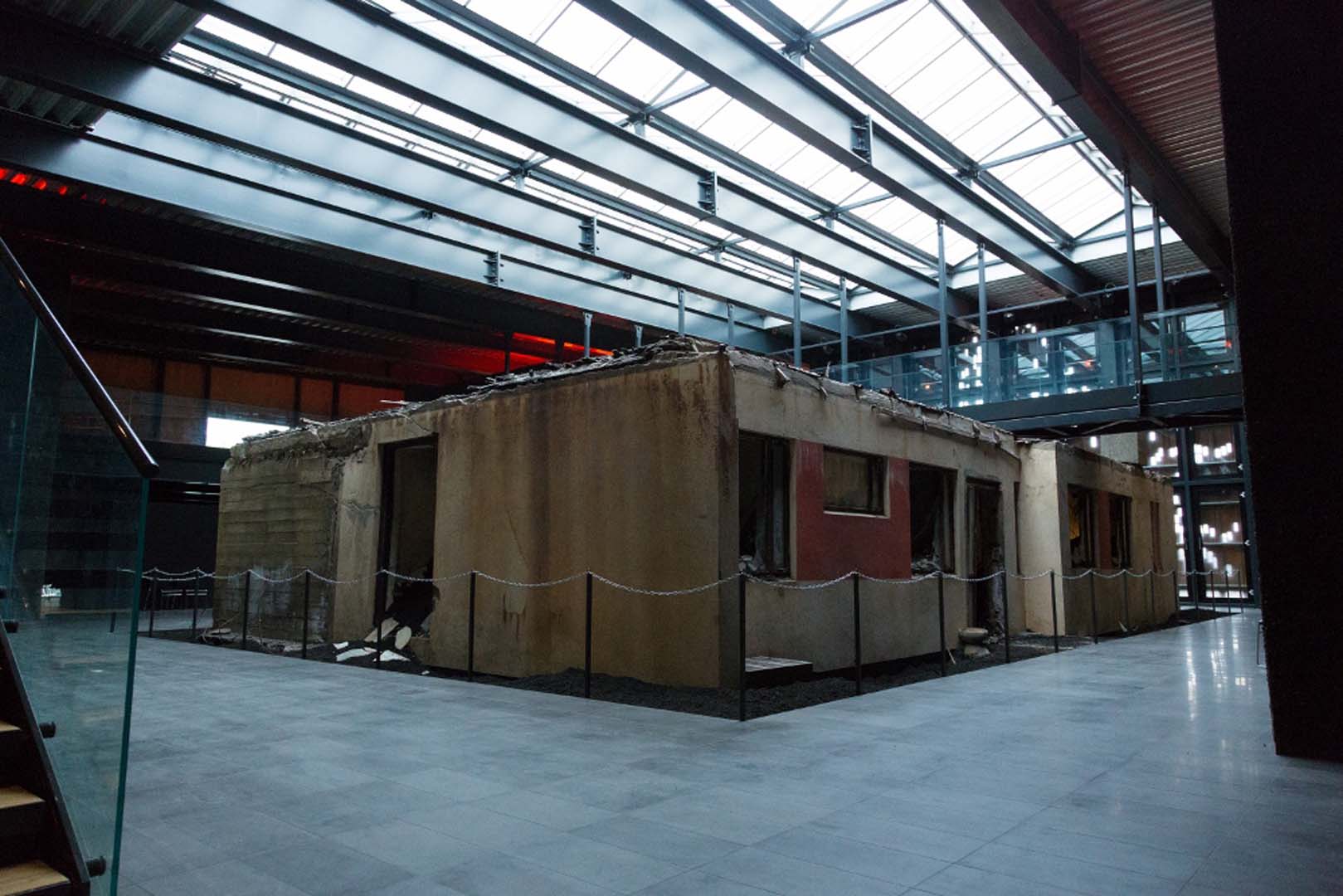
For more information and opening hours, visit www.eldheimar.is.
A walk on Fire Mountain
The dramatic 1973 eruption added about 2 square kilometres of landmass to Heimaey, including the 200-metre cone of Eldfell, or “Fire Mountain” in Icelandic. It’s now a popular hiking spot on the island, with a well-trodden path from town leading alongside the north side of the collapsed crater. The trail is rocky but not too steep, and in some parts the ground is still warm to the touch!
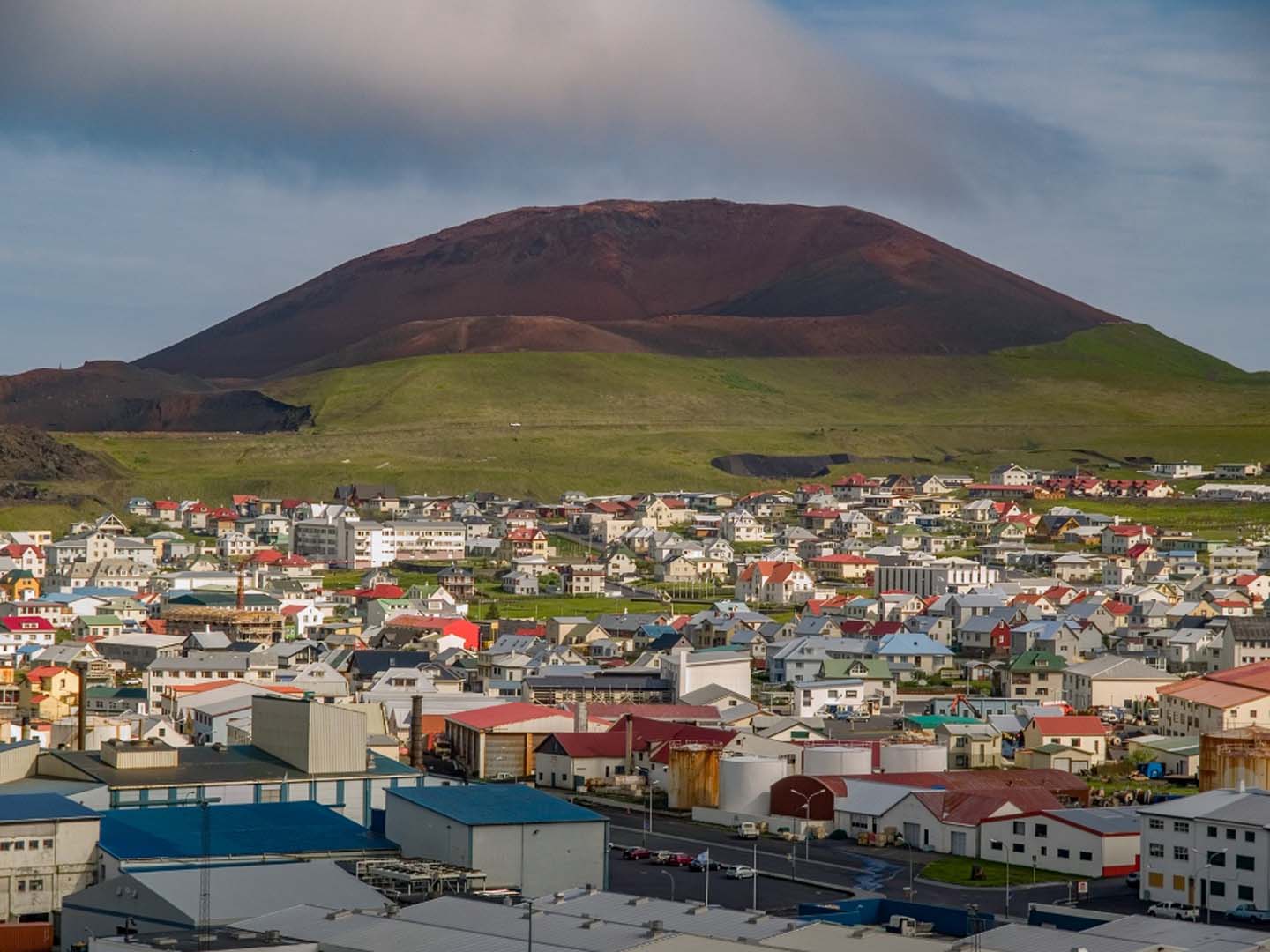
An island born from the sea
Iceland is one of the youngest landmasses on Earth, geologically speaking. And in 1963, a brand new addition to the country started to rise out of the ocean in a series of submarine eruptions that lasted until 1967. The island of Surtsey has since become an important scientific research station and was inscribed as a UNESCO World Heritage Site in 2008.
Although the public is not allowed to visit Surtsey because of its delicate flora, visitors can get some background at the Surtsey Visitor Centre on Heidarvegur 1 in Heimaey. The exhibits include photographs, scientific accounts and various video footage of the island's formation. The exhibits at Eldheimar also cover this eruption.
Erupting with puffins
It’s not just lava rocks that draw people to these islands.
Mostly uninhabited, the Westman Islands are edged by steep sea cliffs that are home to millions of seabirds, including the wildly popular and somewhat clumsy-looking Atlantic Puffins. South Iceland – and in particular, Heimaey – is among the best places to see these adorable creatures in the summertime.
At the small weather station at the 122-metre summit of the rocky Stórhöfði cape, you’ll have wonderful views as well as a good puffin-watching spot about halfway up the hill. This cape is at the southern end of Heimaey, linked to the main island via a narrow isthmus created by a 5,000-year-old eruption. Careful though, it’s known to be one of the windiest spots in Iceland!
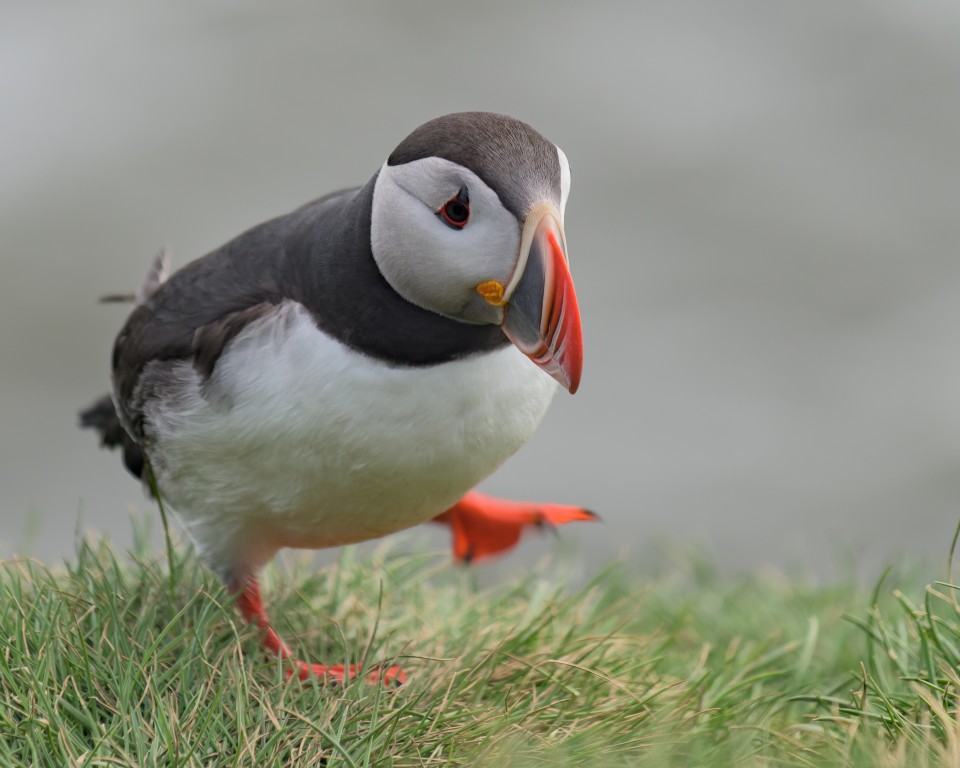
If the weather isn’t ideal for hiking, or if you’re not in town during the prime puffin-watching season (June to August), you can pay a visit to the Sæheimar aquarium and museum of natural history. There you can see both live and taxidermied fish and birds, including Tóti the puffin, a cuddly little fellow who was rescued as a puffling and raised at the museum. He’s without a doubt the star attraction here. For opening hours, visit www.saeheimar.is.
Fancy a round of volcanic golf?
It’s not usually a place you would associate with golf, but playing teeing off against a backdrop of volcanic rock walls on Heimaey is a unique experience. With its fabulous location and scenery, the Vestmannaeyjar golf course is considered one of the 200 best golf courses in Europe.
There are way more interesting facts about the Westman Islands than can fit in one blog post, so visit www.visitwestmanislands.com for further information on things to see and do here.
Getting to the Westman Islands
Short flights to Heimaey depart regularly from the Reykjavík Domestic Airport and the Herjólfur ferry has regular 30-minute passages from Landeyjahöfn on the south coast. Nordic Visitor offers a wide variety of tours in Iceland that can easily be customised to include the Westman Islands as a day trip.
Good to know: Book well in advance for summer trips! The island gets especially full for the Þjóðhátið music festival during the August bank holiday weekend.
